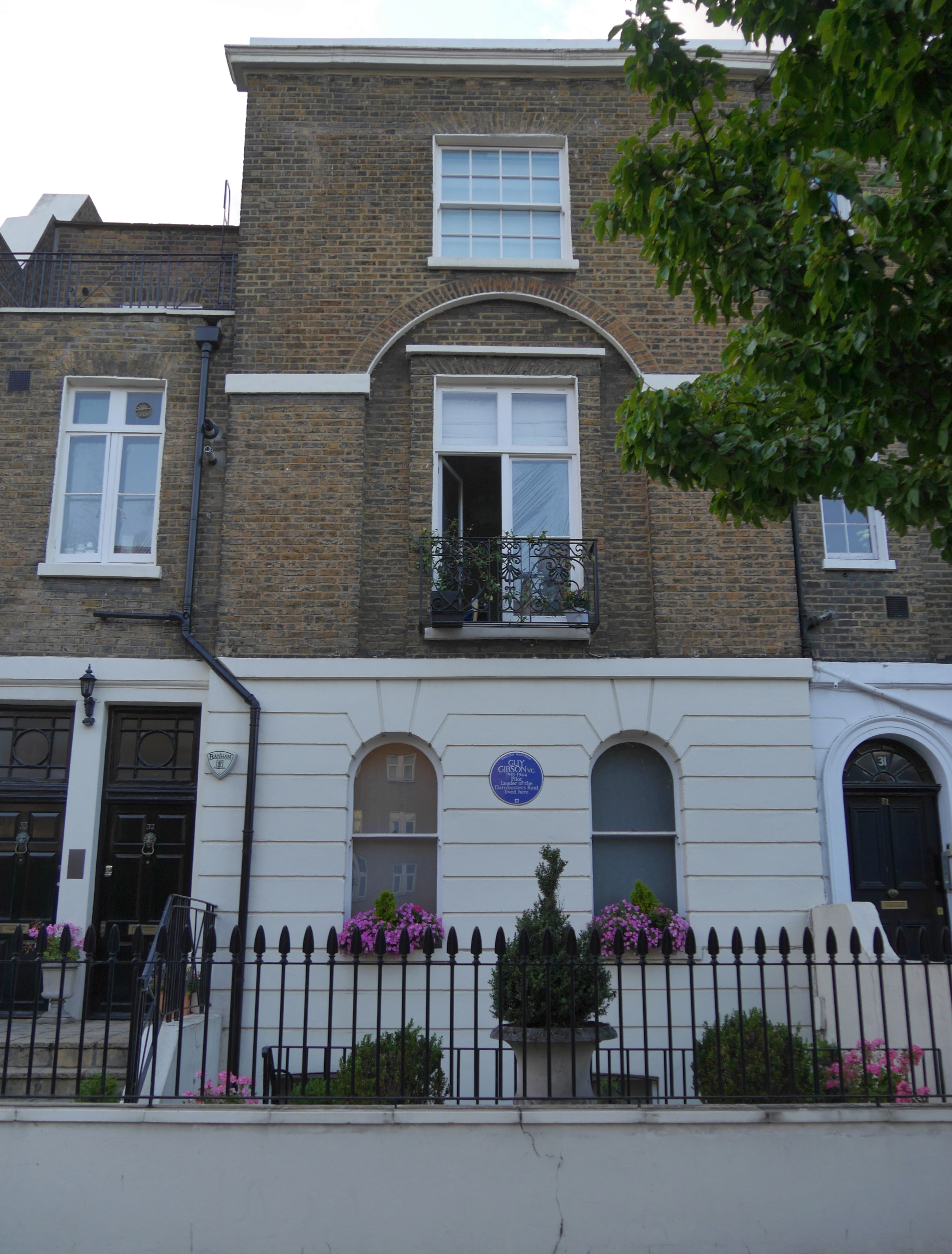Aberdeen Place on:
[Wikipedia]
[Google]
[Amazon]
 Aberdeen Place is a street in
Aberdeen Place is a street in
St John's Wood
St John's Wood is a district in the City of Westminster, London, lying 2.5 miles (4 km) northwest of Charing Cross. Traditionally the northern part of the ancient parish and Metropolitan Borough of Marylebone, it extends east to west from ...
, London
London is the capital and largest city of England and the United Kingdom, with a population of just under 9 million. It stands on the River Thames in south-east England at the head of a estuary down to the North Sea, and has been a majo ...
. It was laid out after 1823 on the site of a farm once owned by the wealthy yeoman
Yeoman is a noun originally referring either to one who owns and cultivates land or to the middle ranks of servants in an English royal or noble household. The term was first documented in mid-14th-century England. The 14th century also witn ...
John Lyon, who founded Harrow School
(The Faithful Dispensation of the Gifts of God)
, established = (Royal Charter)
, closed =
, type = Public schoolIndependent schoolBoarding school
, religion = Church of E ...
in 1571. The farm was located in the former Lisson Manor and was held by the governors of the school, with the proceeds going towards the maintenance of Harrow Road
The Harrow Road is an ancient route in North West London which runs from Paddington in a northwesterly direction towards Harrow. It is also the name given to the immediate surrounding area of Queens Park and Kensal Green, straddling the NW10 ...
between Harrow and London. The farm was built over from 1823 onwards with the newly constructed streets being named after governors of Harrow School. In the case of Aberdeen Place, it was named after George Hamilton-Gordon, 4th Earl of Aberdeen
George Hamilton-Gordon, 4th Earl of Aberdeen, (28 January 178414 December 1860), styled Lord Haddo from 1791 to 1801, was a British statesman, diplomat and landowner, successively a Tory, Conservative and Peelite politician and specialist in ...
, who had gone to school at Harrow and was Prime Minister from 1852 to 1855.
Notable buildings and residents
* 23-24 is Crocker's Folly, aGrade II* listed
In the United Kingdom, a listed building or listed structure is one that has been placed on one of the four statutory lists maintained by Historic England in England, Historic Environment Scotland in Scotland, in Wales, and the Northern Irel ...
public house
A pub (short for public house) is a kind of drinking establishment which is licensed to serve alcoholic drinks for consumption on the premises. The term ''public house'' first appeared in the United Kingdom in late 17th century, and was ...
.
* 25-33 are a Grade II listed
In the United Kingdom, a listed building or listed structure is one that has been placed on one of the four statutory lists maintained by Historic England in England, Historic Environment Scotland in Scotland, in Wales, and the Northern Irel ...
early-mid 19th century terrace.
** 32 is the former residence of Wing Commander Guy Gibson
Wing Commander Guy Penrose Gibson, (12 August 1918 – 19 September 1944) was a distinguished bomber pilot in the Royal Air Force during the Second World War. He was the first Commanding Officer of No. 617 Squadron, which he led in the "Dam B ...
, leader of the Dambusters raid in 1943.
Notable residents
*Guy Gibson
Wing Commander Guy Penrose Gibson, (12 August 1918 – 19 September 1944) was a distinguished bomber pilot in the Royal Air Force during the Second World War. He was the first Commanding Officer of No. 617 Squadron, which he led in the "Dam B ...
(1918–1944), Leader of the Dambusters Raid
Operation Chastise or commonly known as the Dambusters Raid was an attack on German dams carried out on the night of 16/17 May 1943 by 617 Squadron RAF Bomber Command, later called the Dam Busters, using special "bouncing bombs" developed by ...
(No. 32)
* James William Wild
James William Wild (9 March 1814 – 7 November 1892) was a British architect. Initially working in the Gothic style, he later employed round-arched forms. He spent several years in Egypt. He acted as decorative architect to the Great Exhibition ...
(1814-1892), architect, built his own house, the Arab Studio (No. 18)
References
{{DEFAULTSORT:Aberdeen Place Streets in the City of Westminster St John's Wood